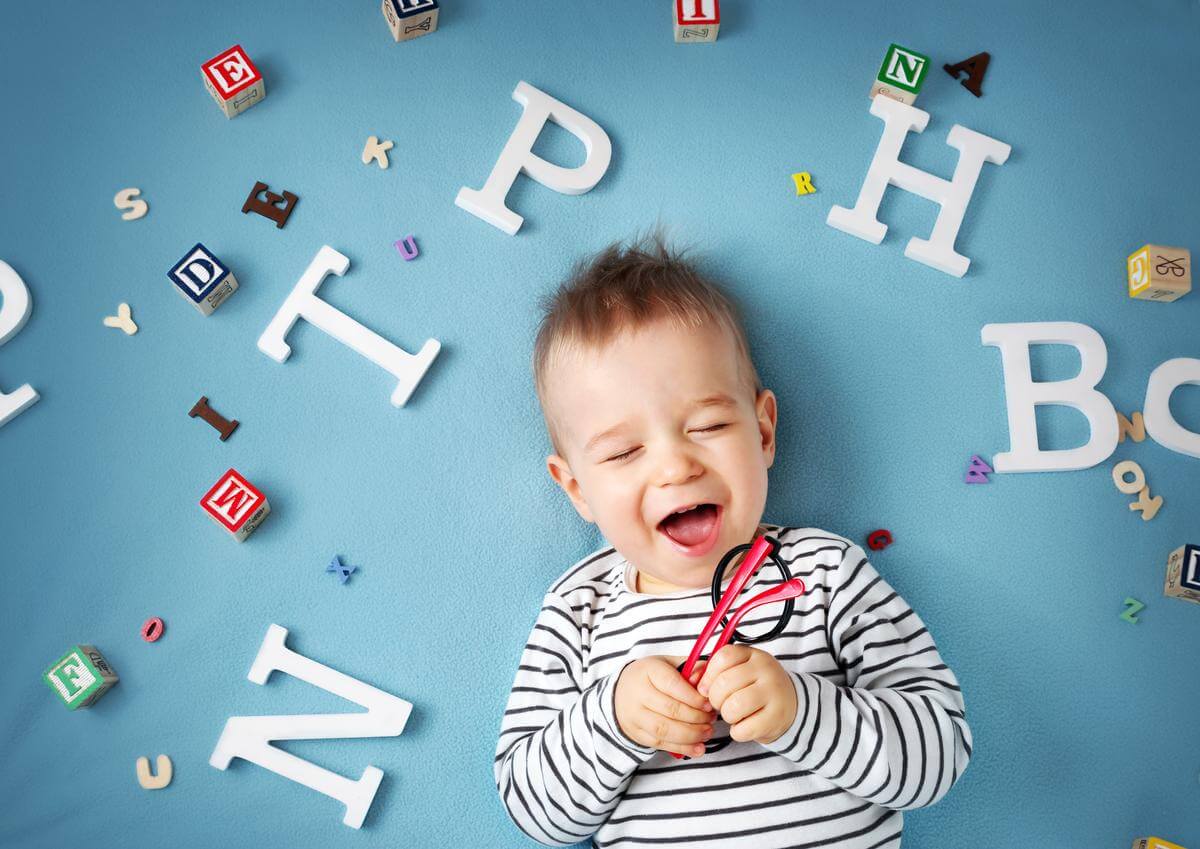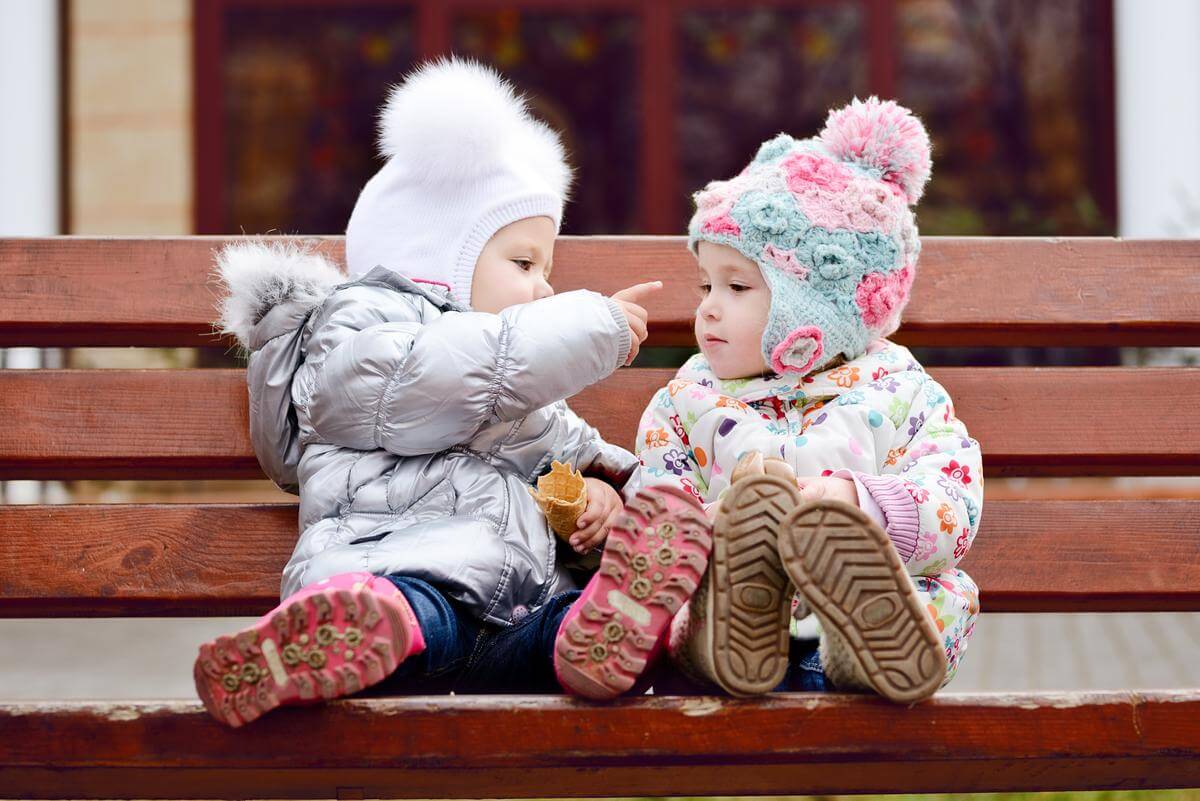
Language is a fundamental aspect of human communication and is essential for survival, progression and development. While it may seem like a natural ability for most of us, learning a language is a complex and dynamic process that involves a wide array of factors. Understanding language acquisition is of great importance to researchers and educators, as well as new parents who are curious about how their babies learn to talk. In this post, we will delve into the process of language acquisition, with a specific focus on how babies learn their first language.
Early Stages Of Language Development
Infants are born with the capacity to understand and produce sounds, but the ability to communicate effectively is something that is developed over time. The early stages of language development are characterised by basic communication responses such as crying, cooing and babbling. During the first few months of life, babies make different sounds and slowly begin to recognise the sounds they hear around them.
Around six months old, infants typically begin to mimic the sounds made by those around them, and at the same time, they start to associate certain spoken sounds with certain meanings. By nine months old, a child can understand many words and can recognise their name. At this stage, babies begin to babble using sounds that they have picked up from their surroundings, and they continue to refine these sounds in the first year of life.

The Importance Of Infant-Directed Speech
When it comes to language development, the speech that babies hear from those around them has a significant impact. Adults’ speaking style to babies is characterised by infant-directed speech or ids. Ids is characterised by exaggerated intonation, a slower tempo, and simplified vocabulary. Research suggests that the use of ids helps babies better distinguish and learn the sounds of their native language, which ultimately facilitates the development of speech.
Furthermore, the pitch and timbre of ids capture infants’ attention and enhance their emotional involvement. The emotional connection created between parents or caregivers and infants through ids encourages social interaction and supports early language development.
Role Of Social Interaction In Language Learning
Social interaction plays a critical role in language acquisition, with the presence of verbal and nonverbal cues contributing to the learning process. Infants tend to learn language best through interactive experiences with caregivers, and language is an integral part of those experiences. Adults use speech to communicate their intentions and expectations to infants, which helps them learn the meaning of words and develop an understanding of sentence structure.
The positive and encouraging feedback provided by caregivers facilitates cognitive development and encourages the child to develop communicative behaviour. During social interactions, that language exposure is more diverse and demonstrates the different contexts in which a word or sentence is used. This process strengthens the child’s communication and attention skills as well as provides diversity of their language exposure.
Biological Factors Affecting Language Acquisition
Language acquisition is a complex process that involves a dynamic combination of biological factors, environmental factors and social experiences. While infants are born with an innate ability to understand language, the brain is not fully developed, making the process of language acquisition a challenging task. Recent studies show that the development of the human cortex, specifically parts related to language, it’s shaped by genetic factors and early linguistic experience.
Research shows that there are specific periods, aka critical periods, during which the brain is primed to learn language. The first critical period lasts until 12-24 months of age and relates to behavioural and memory development. Another critical period is from 4-7 years of age when children learn the rules governing the structure of their language and develop communicative competence. The importance of these critical periods emphasizes the significance of early language exposure and engagement in linguistic experiences among young children.

Specifics Of Language Acquisition In Bilingual Infants
Bilingualism refers to the ability to use two or more languages fluently. Babies who learn two languages adapt to their parents and environment, learning both languages simultaneously. Language development slows down during the first year of life for bilingual infants, but they catch up and master a two-word sentence structure by 18 to 24 months old. Bilingual exposure offers an opportunity for infants to learn the sounds, words and grammar of the language, implicitly deepening their language development.
Further, early exposure to two languages results in a greater advantage of diverse cognitive abilities. Bilingualism reinforces critical thinking, problem-solving and communication skills among infants.
Language Acquisition In Children With Speech And Language Disorders
Not all children follow the same path and timeline in language development. Some infants may experience difficulties in learning and acquiring language, and hence, speech and language disorders arise. These disorders typically manifest as difficulties in the understanding and commutations of language among children.
Early identification and intervention are essential for optimum results in children with speech and language disorders. When infants have issues coping with their language, it presents a hardship in their life and hinders their cognitive development skills, reasoning capability and social interaction. Consulting with a speech-language pathologist (slp) helps alleviate the difficulties and guide the parents and caregivers in supporting the child’s language acquisition.

Tips For Enhancing Language Development In Babies
As a parent or caregiver, what can you do to enhance your baby’s language development? Here are some tips:
1. Talk to your baby frequently in simple language
2. Use meaningful gestures while talking and play the games that encourage listening
3. Encourage your baby to babble or practise ‘baby talk’
4. Keep a suitable place for your baby to have undisturbed interaction
5. Engage your infant through reading, storytelling, and songs in their native language
6. Respond to the baby’s cries, and other communicative attempts.
Language acquisition is a dynamic and complex process that involves different factors. Significantly, the role of the environment, early exposure to language, social interaction and biological factors shapes the way babies learn language. Understanding the process of language acquisition helps parents and caregivers have a positive impact on their young infant’s communication and cognitive development.
Infants’ early exposure to language and linguistic activities are crucial in their early developmental stages. Encouraging social interactions and a nurturing environment equipped with appropriate linguistic education allows infants to experience various language stimuli and develop critical thinking abilities. Caregivers and parents must engage in dialogue, use simple language and emphasise a supportive emotional connection, which plays a vital role in developing the infants’ language skills and positively shaping their communication skills and cognitive abilities.
